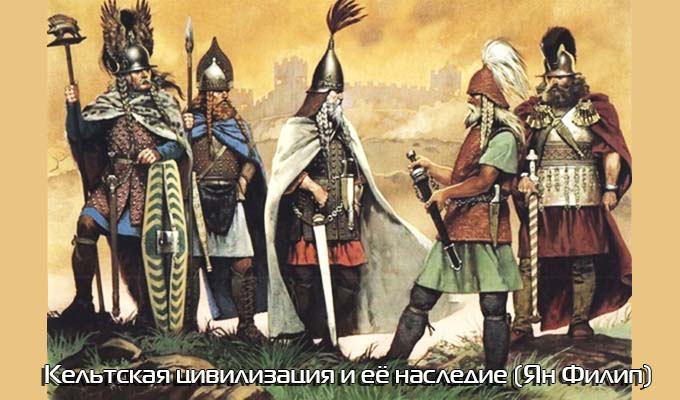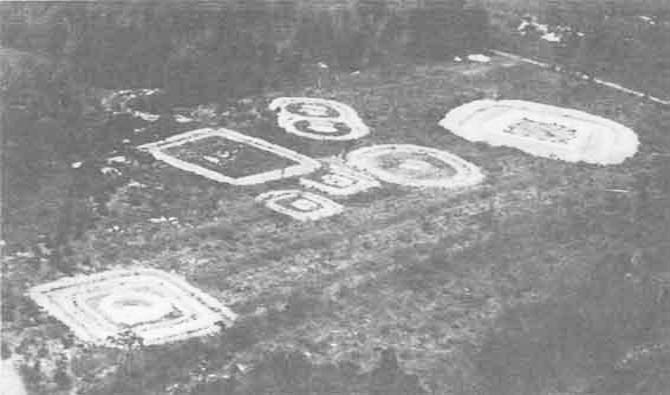
The British Isles and especially Ireland and Scotland remained the main stronghold of the Celtic traditions and the Celtic heritage. There development was broken by nothing and when the Celtic Gallia was already exposed to a deep Romanization, almost within only 1 century AD. After Kaligula’s campaigns conquest of island area was continued by Vespasian, and in 86 Agricola began to build the line of defense between Clyde and Firth of Forth which was finished however only in the 2nd century at emperors Adrian and Antonina Pia. In especially advantageous position there was Ireland where it was not succeeded to become stronger Roman, after the Anglo-Saxon power; it remained the cultural and religious center of the Celtic world, having kept the Celtic character up to modern times. But also Scotland had an opportunity to keep the Celtic traditions. Scots, the Irish aggressors and settlers in northern Britain, got there in the 2nd century, and in the 4th century AD already directly tell sources about them. They founded the Scottish state which absorbed old Picts and Caledonians and increased the Celtic population in Wales, Kornuelle and on the Isle of Man. Old Celtic traditions kept there very persistently. In 1249 there was a solemn construction in a position of the Scottish king. The king after church crowning in the temple was brought in a procession to a sacred stone where all its family tree in Gaelic was read to it, and the people did it honors. Island Celtic art developed independently at the beginning of our era, and the Roman influence at the end of 1 century concerned at first the territory of England. In the same time the special Celtic-Romance emalyerny industry using the stylized vegetable ornament and in general at times close to Gallic terrae sigillatae jewelry gained development three-colored enamel was often applied that allowed to allocate more brightly a pattern against. In northern England, in the territory of the brigant who are hostile to Rome, in the 2nd century art processing of metals reaches high level. The share in art handicraft trade is contributed also by Scotland where cervical hoops with a stamping relief with modified Celtic patterns are produced. It to a certain extent a certain revival of the Celtic art which is partially already impregnated by the southern elements; in it already well-known abilities of Celts to process others samples in own spirit are again shown. Abstractness of the Celtic twiddle in island art was brought to a limit. It is not simple stylization of natural forms any more, and absolutely new creativity creating independent by nature and reality of a form. When East and the central Anglia in the middle of the 5th century angla and saxophones seized, the part of the population of Britain moved to the armoriysky area in Brittany, the part remained. Ireland remained Celtic, as well as Kornuell, Wales and northwest England. Upholding of the Celtic positions during this period is connected with some names as, for example, Aurelius Ambros and King Arthur; their feats formed a basis of a new cycle of legends. Very much early, in the 4th century, in Ireland there is a Christianity which takes very deep root there. In the 5th century the address of the population to Christianity was especially helped by Patrick. In the territory of certain tribes in Ireland there were monasteries, man’s and female which, however, did not form the uniform organization, were not connected by unity of the charter and were out of system of papal centralism. The Christianity in Ireland, thus, since 4 centuries, developed separately and could keep various ancient customs.




Leave a Reply